Home>Furniture>Kitchen Furniture>How Many Watts Does an Air Fryer Use
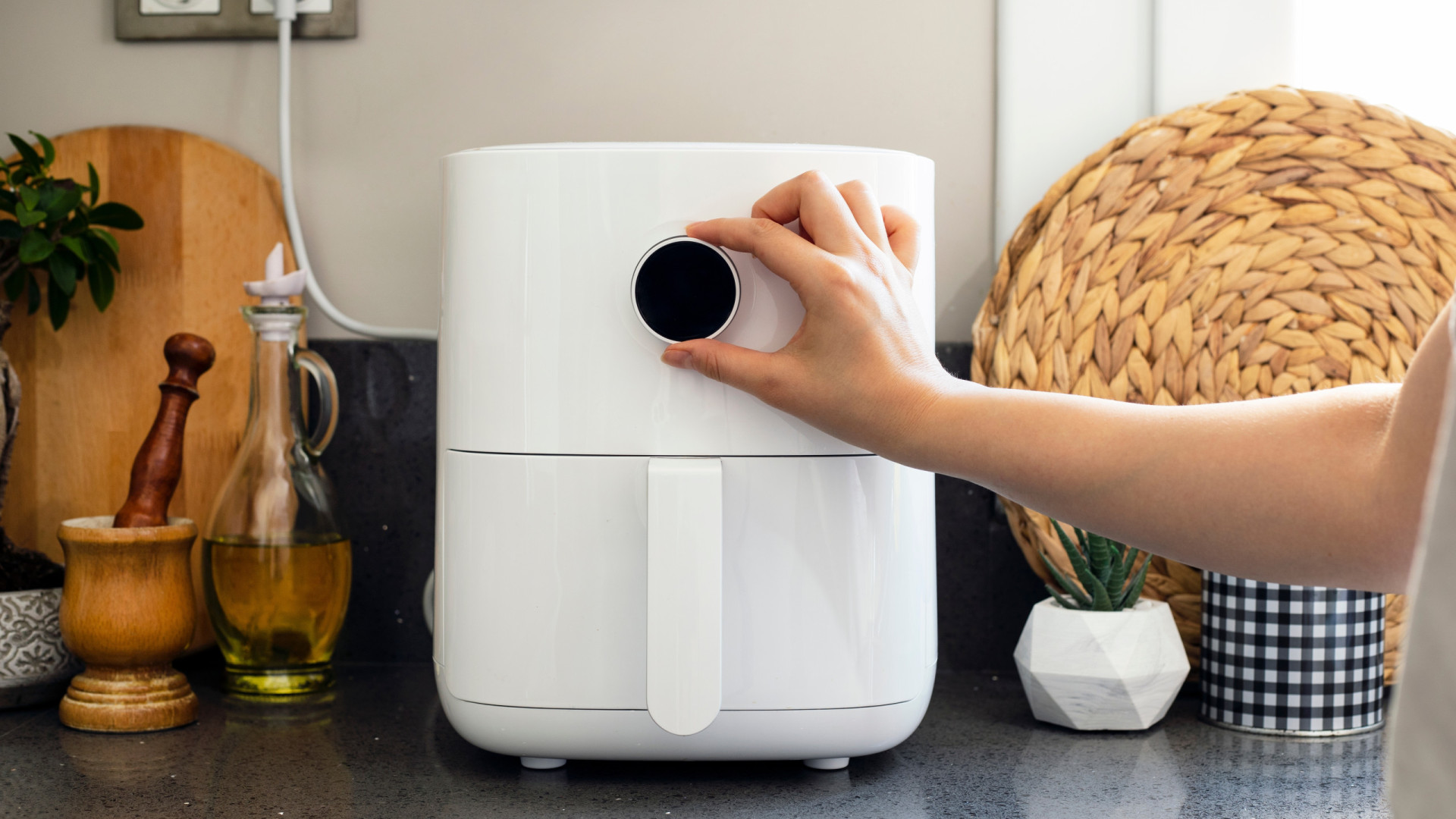

Kitchen Furniture
How Many Watts Does an Air Fryer Use
Modified: January 6, 2024
Discover the power consumption of air fryers and learn how many watts they use. Read our informative articles for all the details you need.
(Many of the links in this article redirect to a specific reviewed product. Your purchase of these products through affiliate links helps to generate commission for Storables.com, at no extra cost. Learn more)
Introduction
Air fryers have become increasingly popular in recent years as a healthier alternative to traditional deep frying. These countertop appliances use circulating hot air to cook food, giving it a crispy texture without the need for excessive oil. Not only do they provide a convenient option for preparing tasty dishes, but they also offer an energy-efficient method of cooking.
In this article, we will explore the power consumption of air fryers and discuss the factors that can affect their energy usage. Understanding how many watts an air fryer uses can help you make informed decisions when it comes to selecting the right model for your needs and managing your energy consumption.
Key Takeaways:
- Air fryers typically consume 800 to 1500 watts, offering energy-efficient cooking compared to traditional methods. Factors like cooking time, temperature, and food quantity can affect power usage, so choose wisely.
- To maximize energy efficiency, select an air fryer size and wattage suitable for your needs, utilize energy-saving features, and practice good cooking habits. By optimizing power consumption, you can enjoy delicious, crispy foods while reducing environmental impact.
Read more: How Many Watts Does A Projector Use
Understanding Air Fryers
Before diving into the power consumption of air fryers, let’s first understand how these innovative appliances work. Air fryers utilize a cooking method called convection, where hot air is circulated around the food to cook it evenly. The rapid circulation of hot air creates a crispy outer layer while sealing in the moisture inside.
Unlike traditional deep fryers, air fryers require minimal or no oil to achieve that desirable crunchy texture. This makes them a healthier option for those looking to reduce their intake of fried foods. Air fryers can be used to cook a variety of foods, including vegetables, meats, and even desserts, providing a versatile and convenient cooking solution.
Most air fryers come with adjustable temperature settings, allowing you to select the desired cooking temperature for different types of food. Additionally, many models feature a timer function that allows you to set the cooking duration, ensuring that your food is cooked to perfection every time.
While air fryers offer a quick and efficient cooking method, it’s important to note that the actual cooking time may vary based on the specific model and the quantity of food being prepared. However, compared to traditional ovens and stovetop cooking methods, air fryers typically require less time to cook your meals.
Power Consumption of Air Fryers
When it comes to power consumption, air fryers are generally more energy-efficient than traditional ovens or deep fryers. The power usage of an air fryer is measured in watts, which is a unit of electrical power. The wattage of an air fryer can vary depending on the model and brand.
On average, most air fryers have a power range of 800 to 1500 watts. This means that when the air fryer is in use, it will consume that amount of electrical power per hour. However, it’s important to remember that this is the maximum power usage, and the actual power consumption can vary depending on various factors.
The power consumption of an air fryer can be affected by the specific cooking temperature and duration, as well as the amount of food being prepared. Cooking at higher temperatures or for longer durations may result in slightly higher power usage. Similarly, cooking large quantities of food may also increase the power consumption compared to smaller portions.
It is worth noting that even though air fryers consume electrical power during operation, their cooking times are often shorter than traditional cooking methods. This results in energy savings and can make air fryers a more efficient option compared to other appliances.
Additionally, modern air fryers are designed to automatically enter standby mode or power off after a certain period of inactivity, further conserving energy when not in use. Some models even come with energy-saving features, such as timer functions that allow you to schedule cooking times in advance, reducing the overall power usage.
Overall, while air fryers do consume electrical power during operation, their energy efficiency and quick cooking times make them a more energy-conscious choice compared to traditional deep fryers or ovens.
Factors Affecting Power Usage
Several factors can affect the power usage of an air fryer. Understanding these factors can help you optimize your energy consumption and make the most efficient use of your appliance.
- Cooking Time and Temperature: The cooking time and temperature settings you choose for your air fryer can significantly impact its power usage. Cooking at higher temperatures or for longer durations can consume more electrical power. It is recommended to follow the recipe instructions or refer to the manufacturer’s guidelines for optimal cooking settings.
- Food Quantity: The amount of food you cook in the air fryer can also affect its power consumption. Cooking larger quantities of food may require slightly more energy compared to smaller portions. It’s always a good idea to avoid overcrowding the air fryer basket to ensure proper air circulation and even cooking.
- Preheating: Some air fryers require preheating before cooking. Preheating can consume additional energy. If your air fryer allows you to skip the preheating step, you can save on power usage by starting the cooking process immediately.
- Air Fryer Size and Efficiency: The size and efficiency of your air fryer can also impact its power consumption. Larger air fryers may require more power to heat up and maintain the cooking temperature. Additionally, newer models with advanced technology and energy-saving features tend to be more efficient and may consume less power.
- Usage Frequency: How often you use your air fryer can influence its overall power consumption. If you use the appliance frequently, it will naturally consume more energy. Consider consolidating your cooking tasks or using alternative cooking methods for certain meals to reduce the overall usage.
By considering these factors and adjusting your cooking habits accordingly, you can effectively manage the power consumption of your air fryer and promote energy efficiency.
When choosing an air fryer, look for one with a wattage between 1400-1800 watts for efficient cooking. Higher wattage can result in faster cooking times and crispier results.
Typical Wattage Range for Air Fryers
The wattage range for air fryers can vary depending on the model and brand. Generally, air fryers are designed to be energy-efficient while still providing effective cooking performance. The wattage of an air fryer determines its power consumption and can impact the cooking speed and efficiency.
On average, air fryers have a wattage range of 800 to 1500 watts. Air fryers at the lower end of the wattage range, around 800 to 1000 watts, are usually smaller in size and are suitable for individuals or small households. They have a lower power consumption but may take slightly longer to cook food.
Medium-sized air fryers typically have a wattage range of 1000 to 1300 watts. These models strike a balance between cooking power and energy efficiency. They are suitable for small to medium-sized families and can accommodate a variety of dishes.
Larger air fryers, often designed for bigger families or households, tend to have a higher wattage range of 1300 to 1500 watts. These models provide faster cooking times and are more suitable for cooking larger quantities of food.
It’s important to note that the wattage alone does not determine the cooking performance or quality of an air fryer. Other factors, such as the design, temperature control, and air circulation system, also contribute to the overall cooking efficiency.
When selecting an air fryer, it’s recommended to consider your cooking needs and the size of your household. If you often cook for a large group, a higher wattage air fryer may be more suitable to ensure optimal cooking results in a timely manner.
On the other hand, if you have a smaller household or have limited counter space, an air fryer with a lower wattage may be sufficient for your needs. It’s all about finding the right balance between power consumption and cooking efficiency to meet your specific requirements.
Keep in mind that while higher wattage air fryers may have a slightly higher power consumption, their cooking times are often faster, resulting in overall energy savings compared to traditional cooking methods.
Read more: How Many Watts Does A Freezer Use?
Energy Efficiency of Air Fryers
Air fryers are renowned for their energy efficiency compared to traditional cooking methods such as deep frying or using conventional ovens. These appliances offer several features that contribute to their energy-saving capabilities.
Firstly, air fryers utilize a more focused and controlled cooking method. The circulating hot air within the appliance cooks the food directly, eliminating the need for excessive oil or preheating large ovens. This targeted cooking process reduces energy waste and minimizes heat loss.
Compared to deep frying, air fryers require significantly less oil, which not only promotes healthier eating but also helps conserve energy. As less oil is needed, less energy is required to heat the oil to the desired cooking temperature.
Moreover, air fryers often have shorter cooking times compared to conventional ovens. The rapid circulation of hot air allows foods to cook quickly and evenly. The reduced cooking time results in less energy consumption, making air fryers an energy-efficient alternative.
Additionally, many modern air fryers come equipped with energy-saving features. These features include automatic shut-off timers, standby modes, and temperature control settings. These functions help conserve energy by reducing power consumption when the air fryer is not in use or by automatically adjusting the power to maintain the desired cooking temperature.
It is worth noting that energy efficiency can also depend on the specific model and brand of the air fryer. Some manufacturers prioritize energy-saving technologies and design their appliances with energy efficiency in mind. When selecting an air fryer, it can be beneficial to look for models with Energy Star certification or other energy efficiency ratings.
Furthermore, practicing good cooking habits can also contribute to energy efficiency. Avoid overcrowding the air fryer basket, as this can hinder proper air circulation and increase cooking time. Preheating only when necessary and using the appropriate cooking temperatures can also help conserve energy.
Overall, air fryers offer superior energy efficiency compared to traditional cooking methods. With their focused cooking process, reduced oil usage, shorter cooking times, and energy-saving features, air fryers provide a convenient and eco-friendly way to prepare delicious meals.
Tips to Reduce Power Consumption
While air fryers are already more energy-efficient than traditional cooking methods, there are several tips you can follow to further reduce power consumption and maximize their efficiency. Implementing these guidelines can help you save energy and lower your electricity bills.
- Choose the Right Size: Select an air fryer with a size suitable for your needs. A larger air fryer may consume more power, so if you are cooking smaller portions, opt for a smaller model to avoid unnecessary energy usage.
- Preheat Strategically: While some recipes may require preheating, not all foods need it. Only preheat the air fryer when necessary to conserve energy. If possible, skip the preheating step and start cooking directly.
- Avoid Overcrowding: Overcrowding the air fryer basket can obstruct air circulation and lead to uneven cooking. Cook in smaller batches or use additional trays if needed to ensure proper airflow and thorough cooking.
- Use Energy-Saving Features: Take advantage of any energy-saving features your air fryer may have, such as automatic timers or standby modes. These functions can help reduce power consumption when the appliance is not in use or during idle periods.
- Optimize Cooking Time and Temperature: Follow the recommended cooking times and temperatures for different foods. Adjusting the settings based on the specific recipe or food item can help minimize power consumption while ensuring proper cooking results.
- Cook Multiple Items Simultaneously: If you are preparing multiple items that require similar cooking temperatures, consider cooking them together in the air fryer. This way, you can make the most efficient use of the appliance and reduce overall energy usage.
- Keep the Air Fryer Clean: Regularly cleaning your air fryer can improve its performance and energy efficiency. Keep the heating element and fan free from food residues, as build-up can inhibit airflow and lead to increased power consumption.
- Consider Alternative Cooking Methods: While air fryers are excellent for certain dishes, it’s worth considering alternative cooking methods for some meals. For example, for larger cuts of meat or dishes that require longer cooking times, a traditional oven may be more energy-efficient.
By implementing these tips, you can minimize power consumption and optimize the energy efficiency of your air fryer. Not only will you save energy, but you will also enjoy delicious and perfectly cooked meals.
Conclusion
Air fryers provide a convenient and energy-efficient way to enjoy delicious, crispy foods without the need for excessive oil or traditional deep frying methods. Understanding the power consumption of air fryers and implementing energy-saving measures can help you make the most of this innovative kitchen appliance.
By considering factors such as cooking time, temperature, food quantity, and the specific wattage of your air fryer, you can optimize power usage and promote energy efficiency. Additionally, utilizing the various features and functions of your air fryer, such as preheating selectively, avoiding overcrowding, and taking advantage of energy-saving modes, can further reduce power consumption.
It’s also essential to choose an air fryer that suits your cooking needs and household size. Selecting the appropriate size and wattage can ensure that you are not using more energy than required for your cooking tasks.
Remember that energy efficiency is not just about the appliance itself but how you use it. Practicing good cooking habits, such as using the correct cooking temperatures, cleaning the air fryer regularly, and considering alternative cooking methods when appropriate, can help you save energy and reduce your environmental impact.
In conclusion, air fryers offer a healthier and more energy-efficient alternative to traditional deep frying. By understanding the power consumption of air fryers, implementing energy-saving tips, and making informed choices, you can enjoy all the benefits of air-fried foods while minimizing your energy usage and contributing to a more sustainable lifestyle.
Frequently Asked Questions about How Many Watts Does An Air Fryer Use
Was this page helpful?
At Storables.com, we guarantee accurate and reliable information. Our content, validated by Expert Board Contributors, is crafted following stringent Editorial Policies. We're committed to providing you with well-researched, expert-backed insights for all your informational needs.
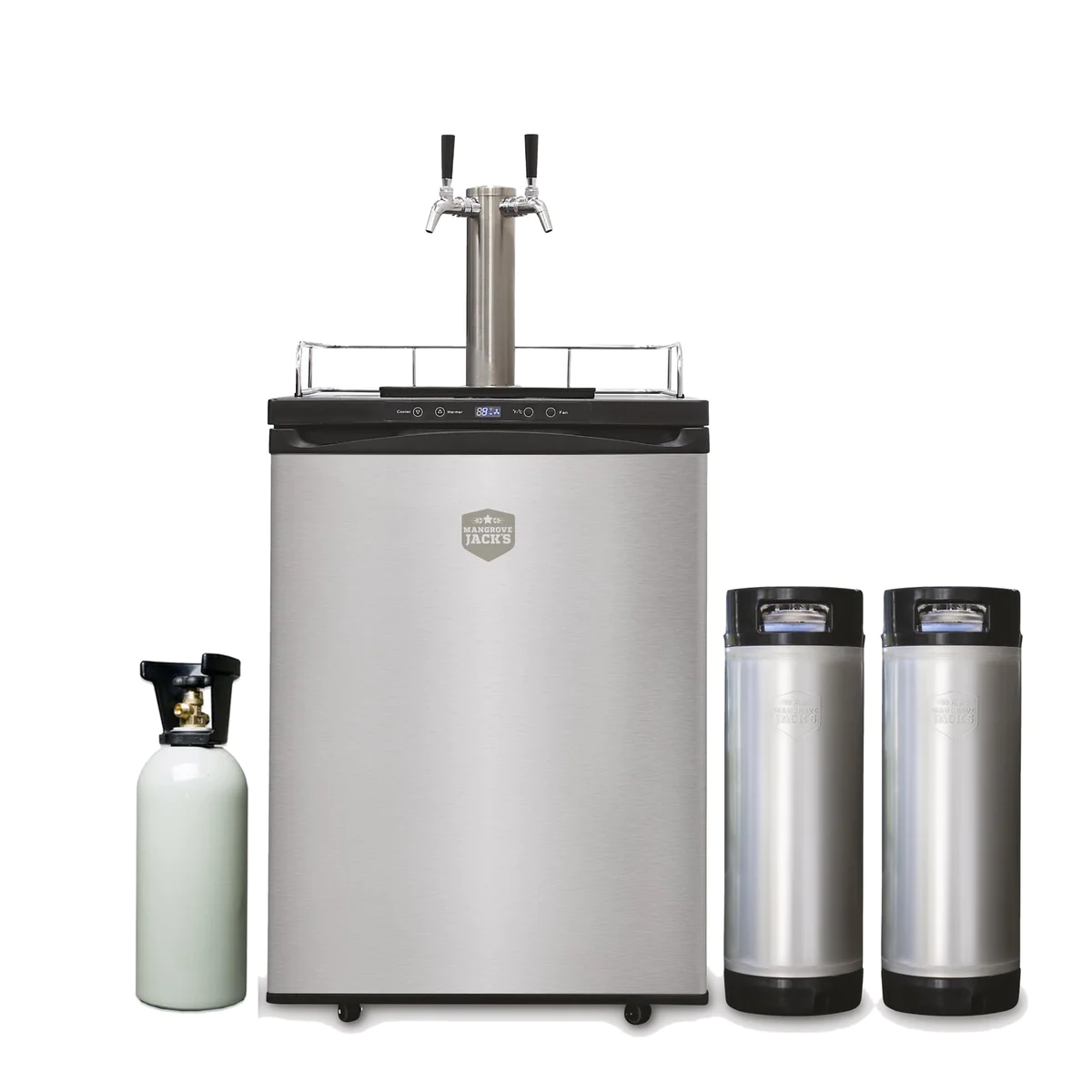
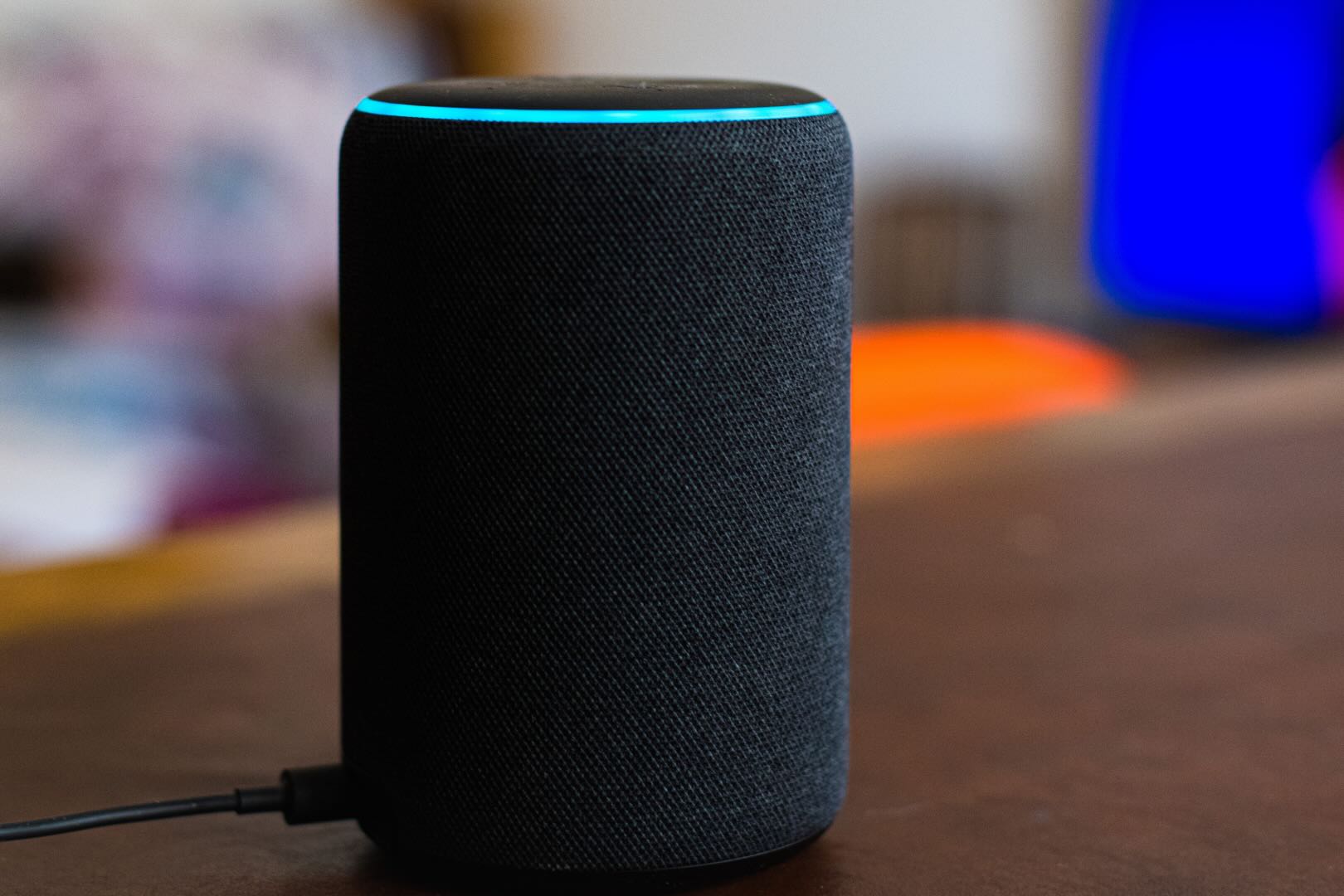
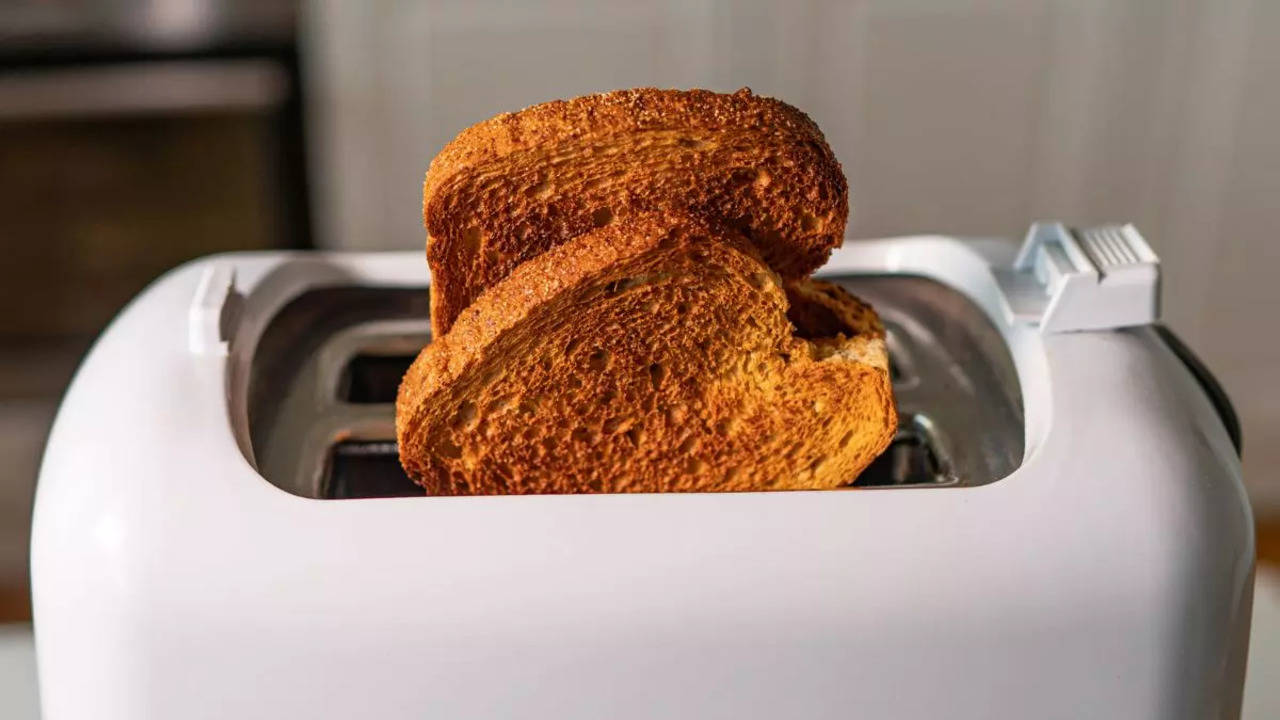

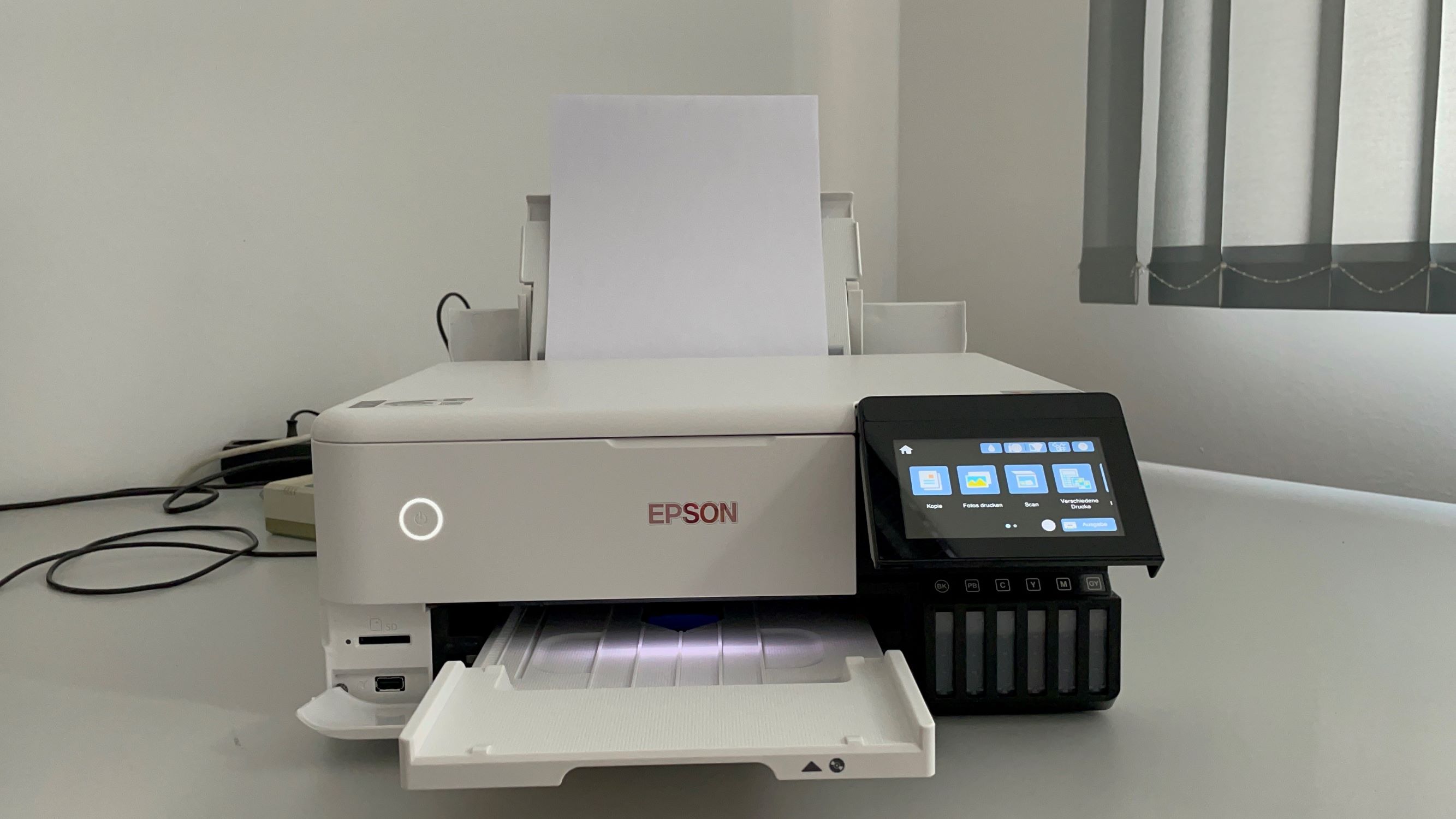
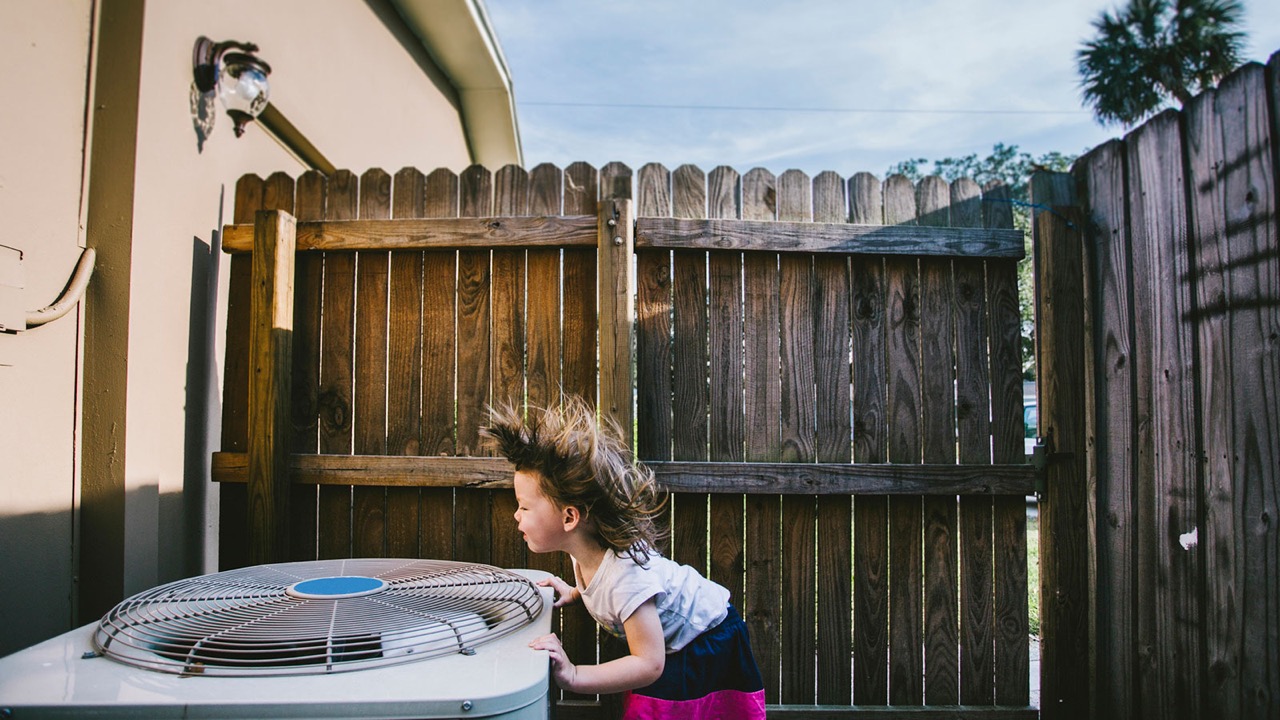
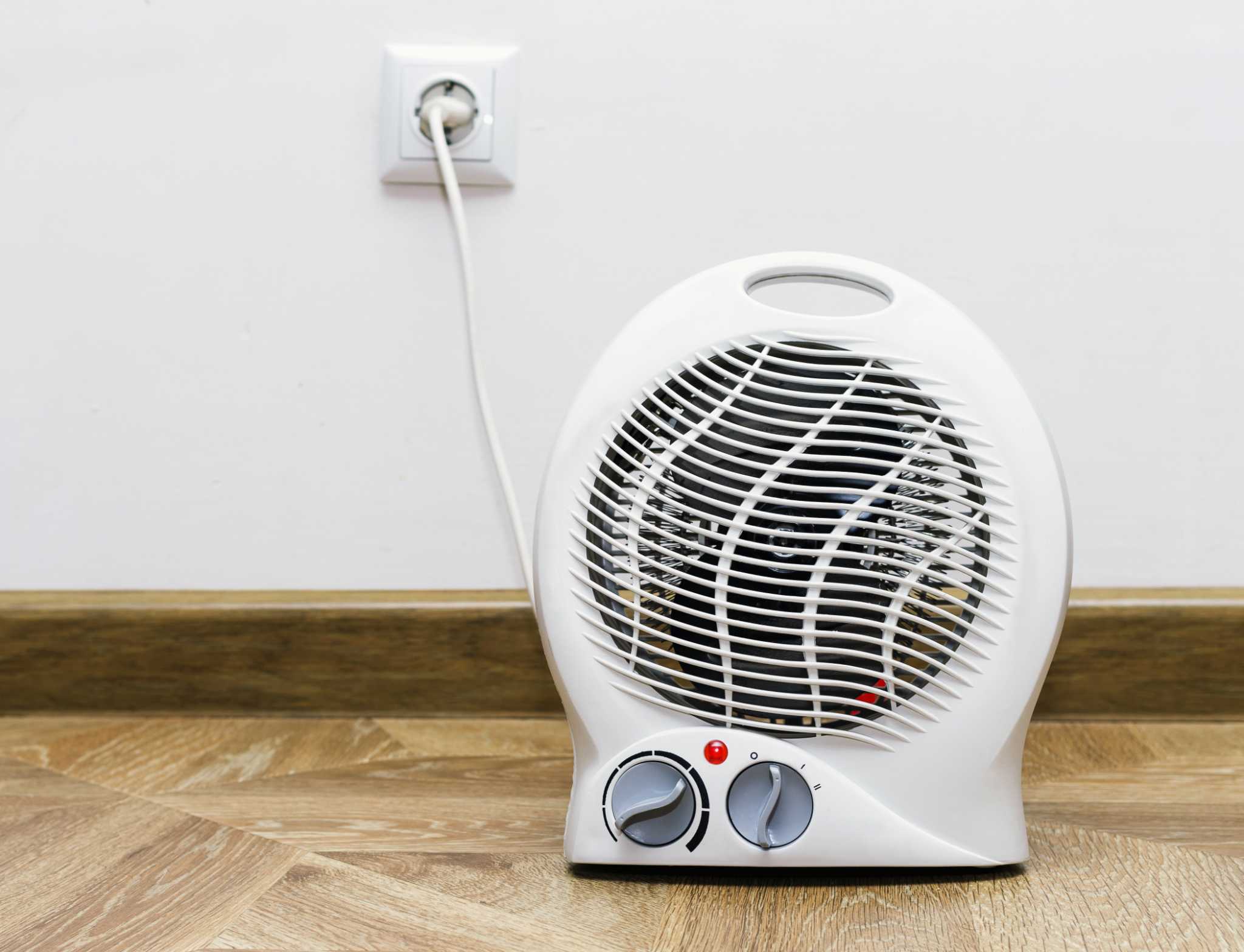
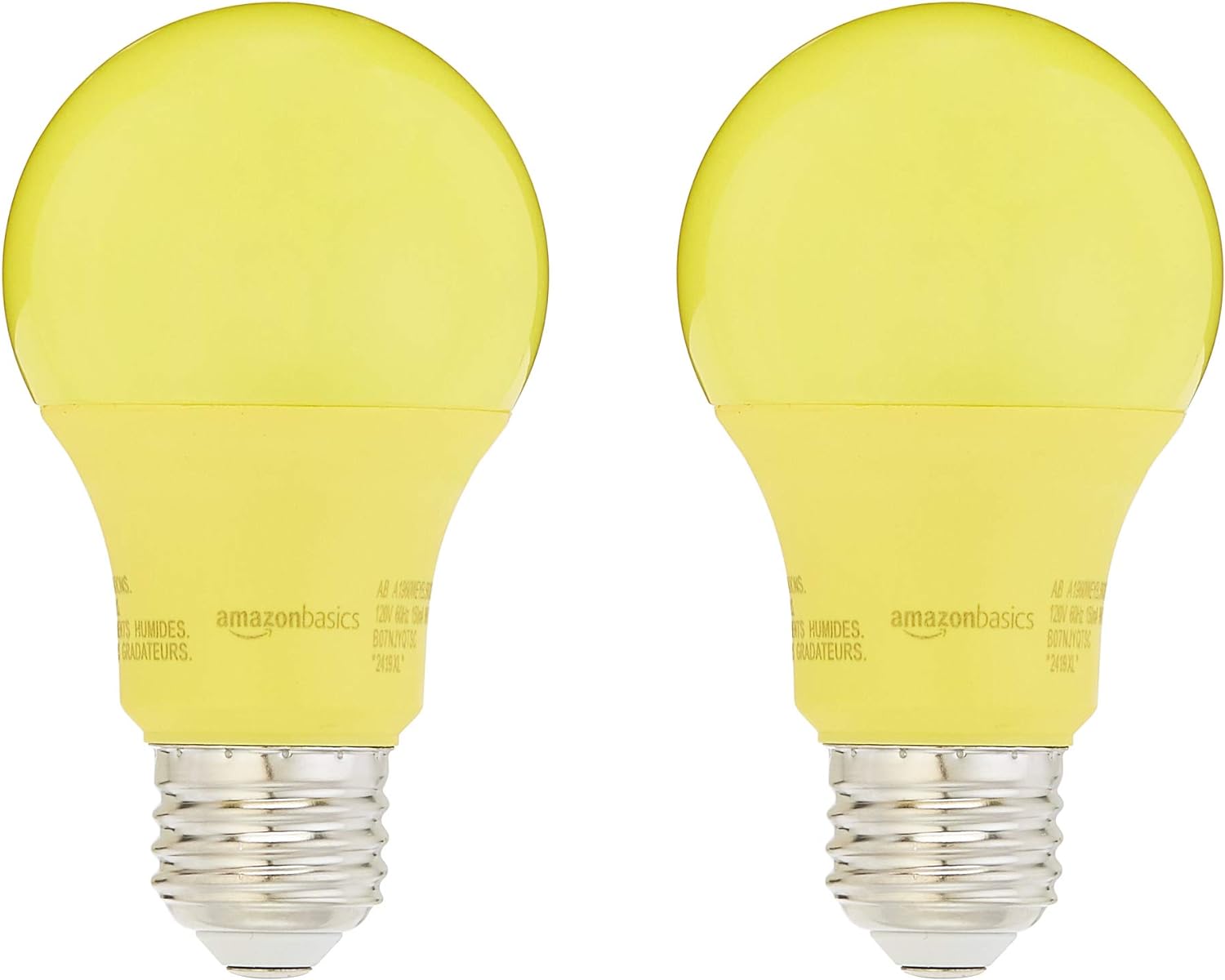
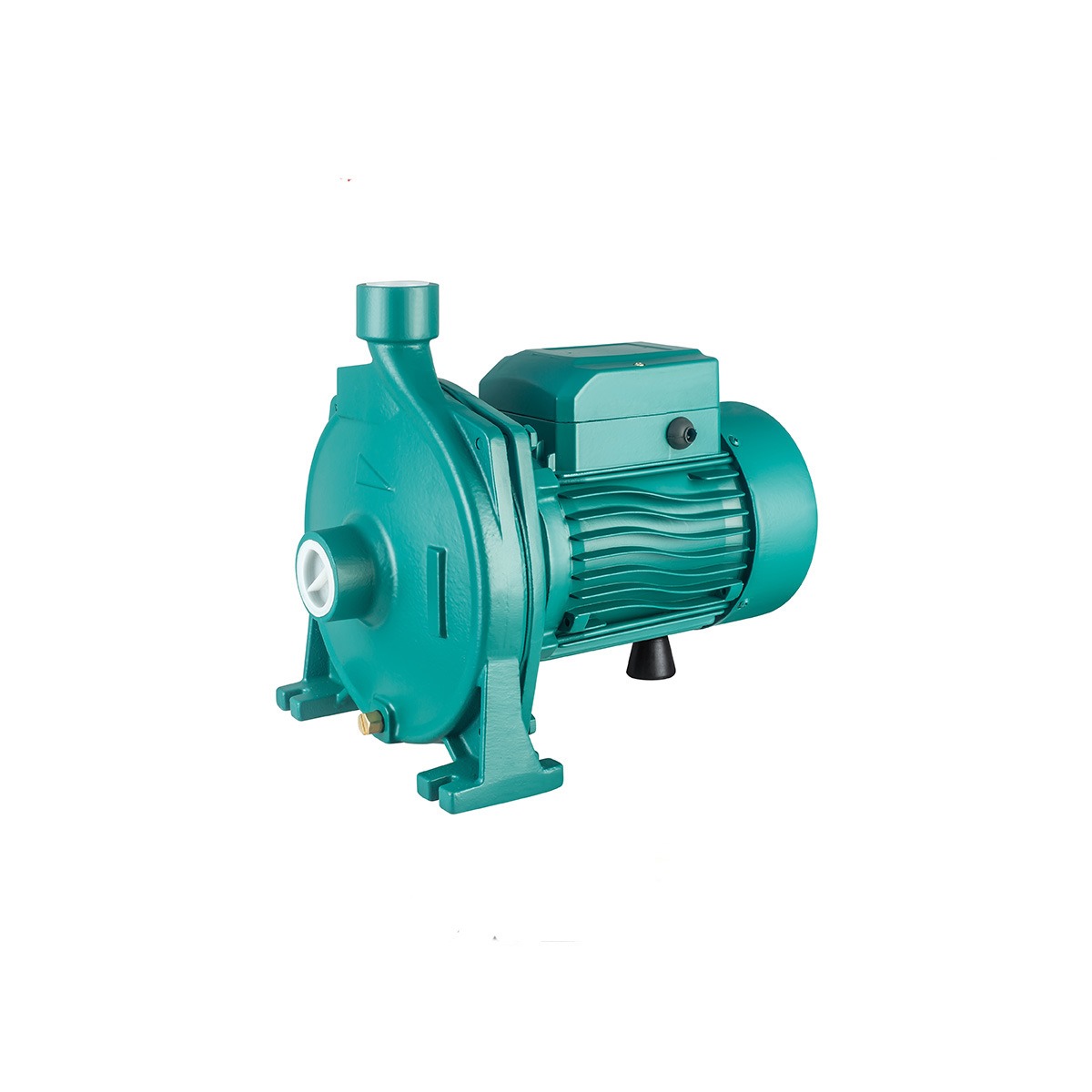
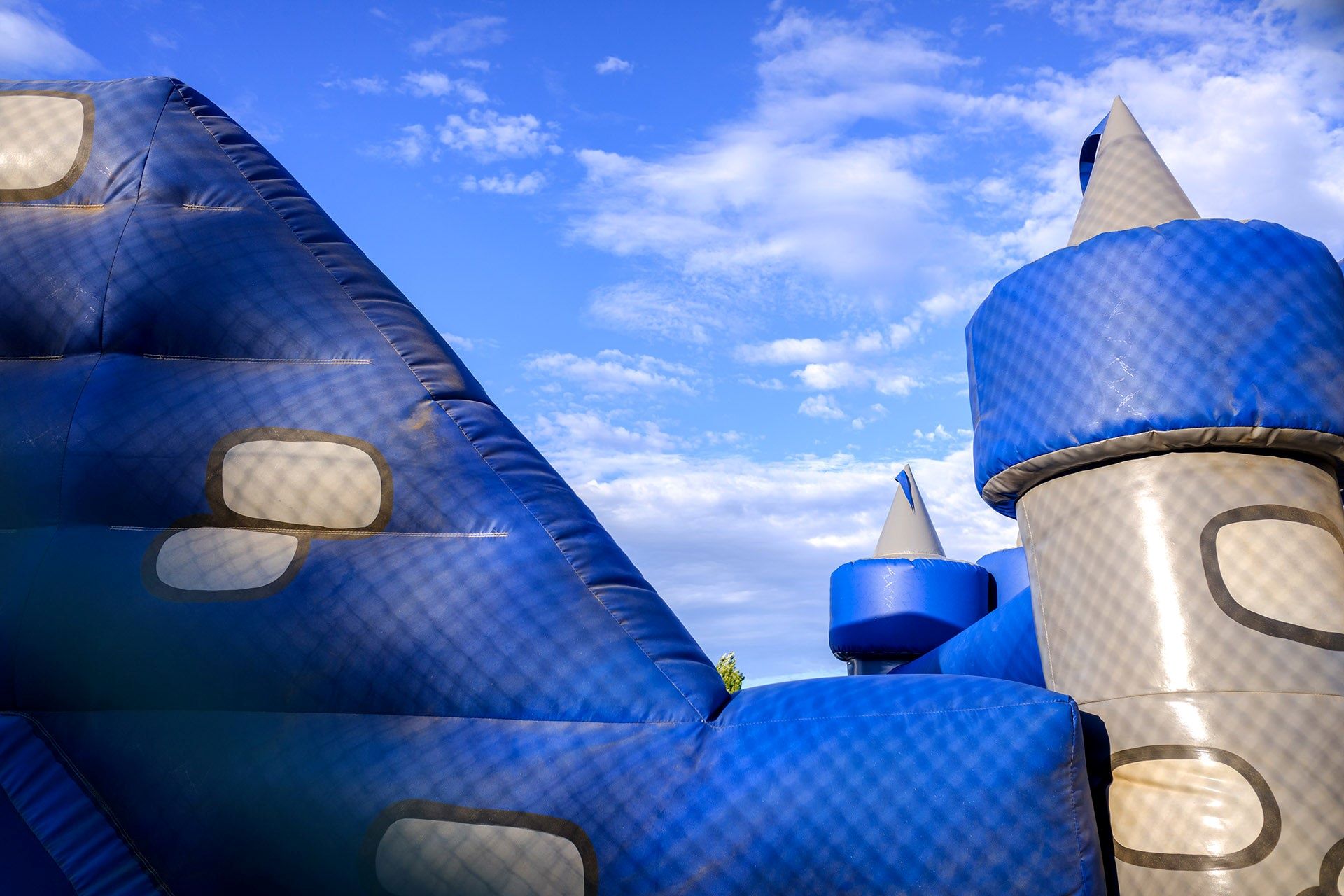
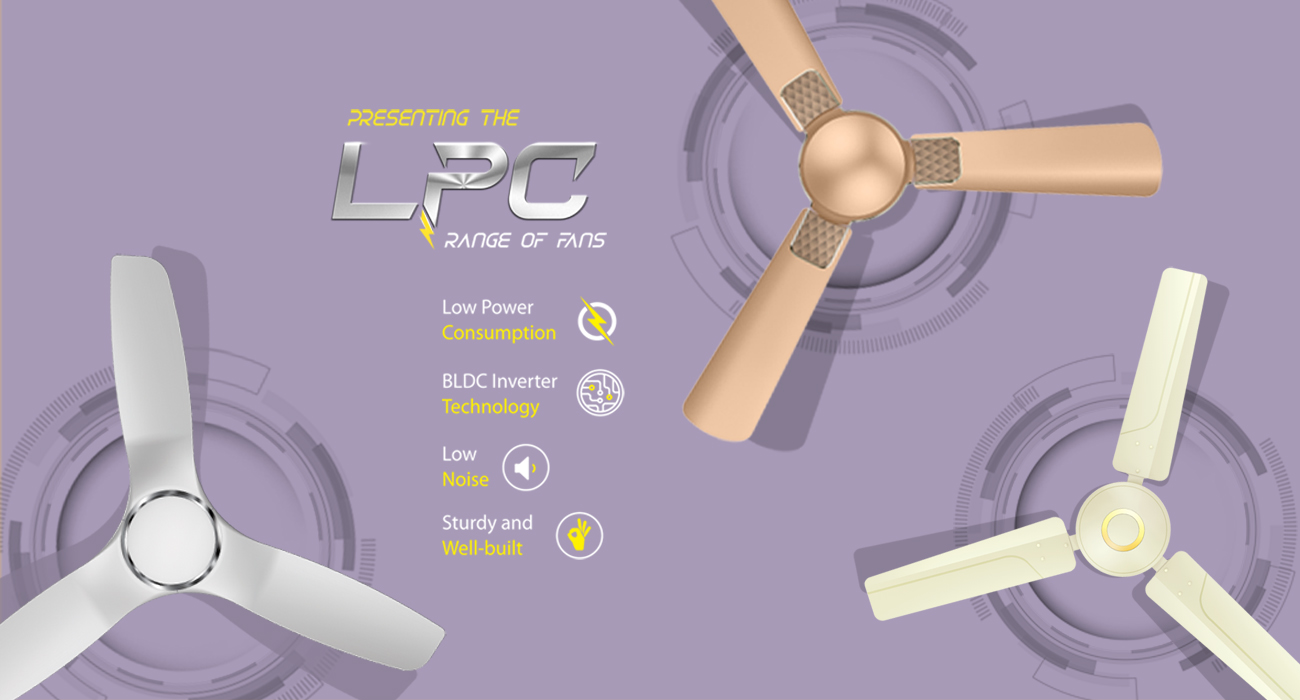
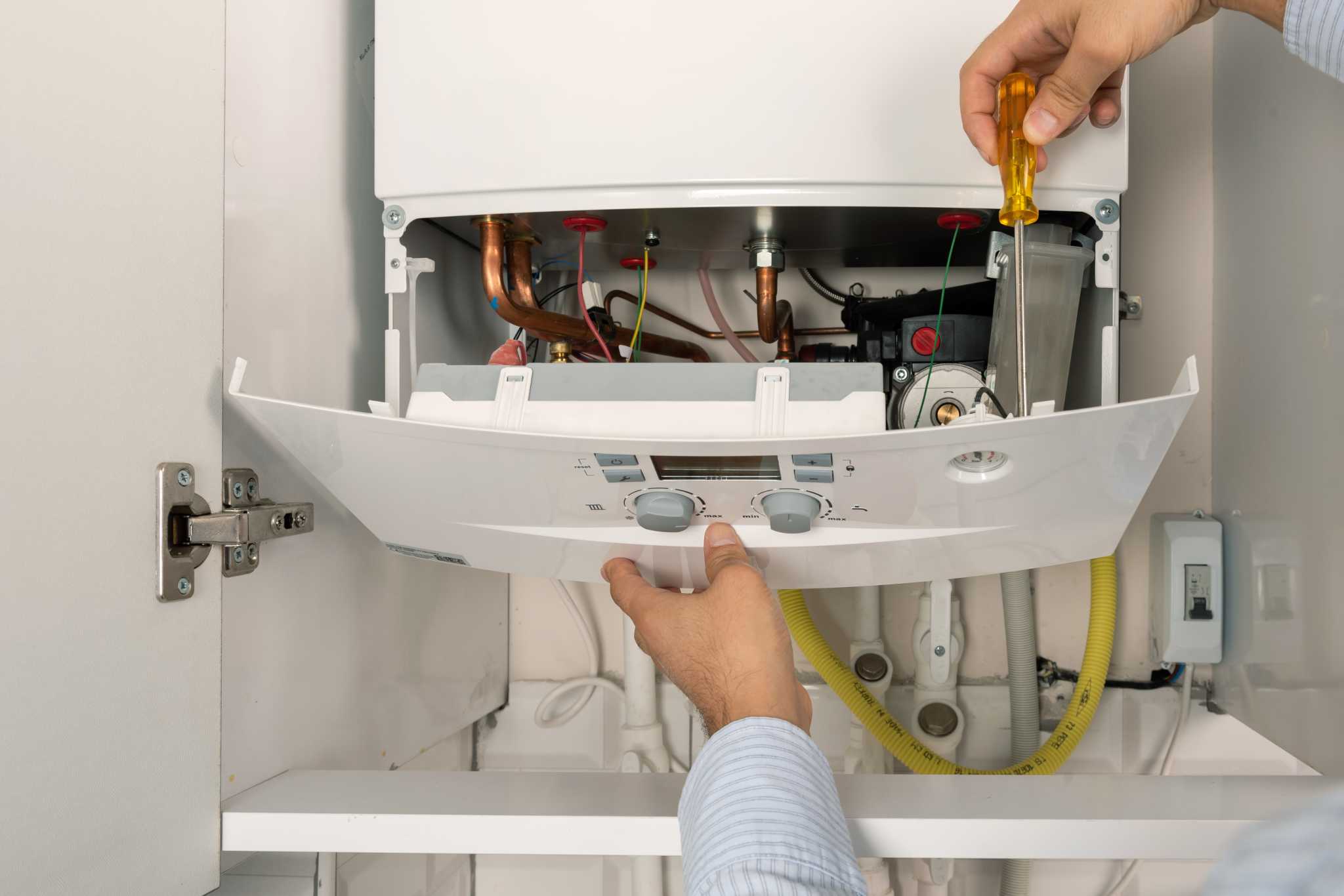
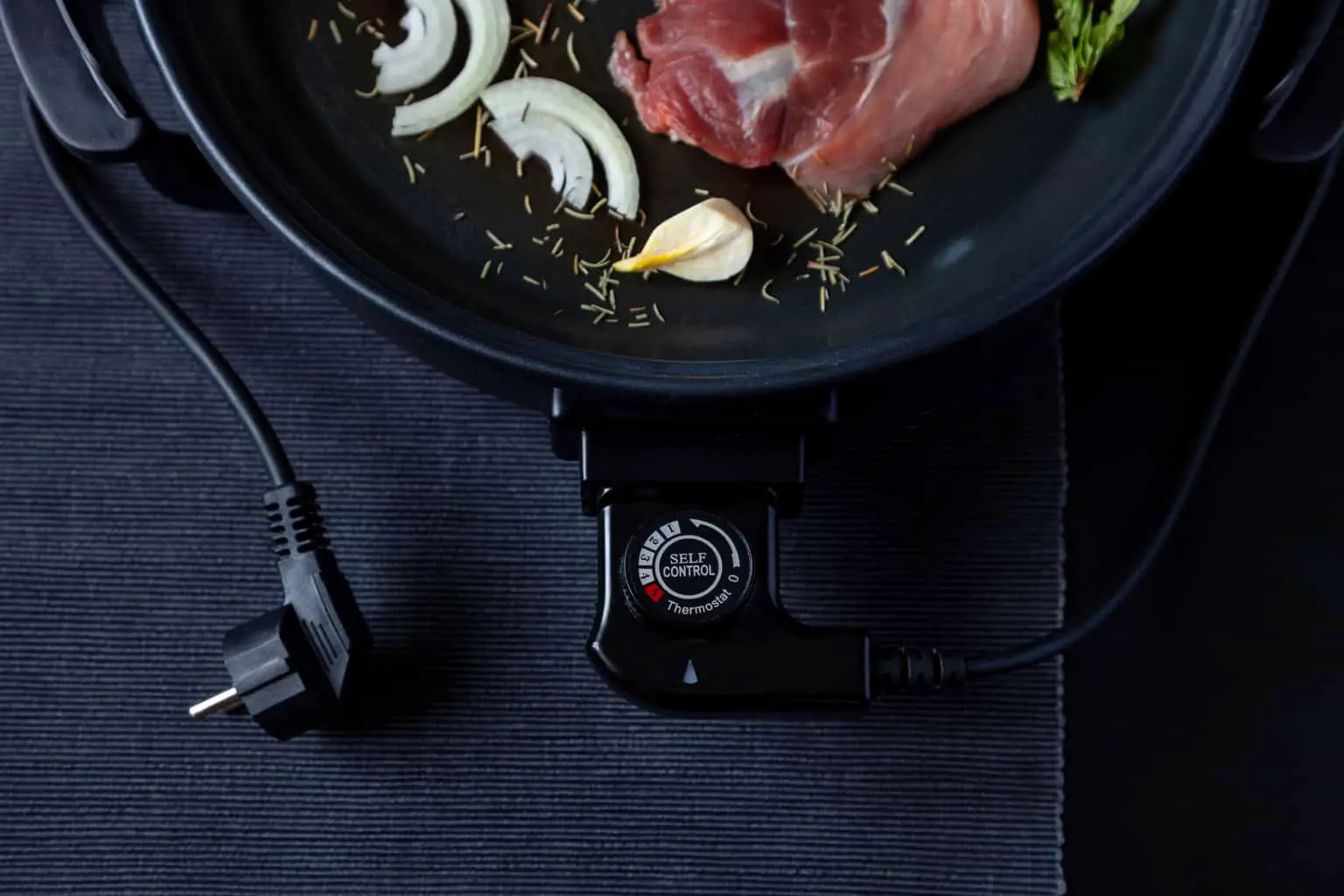
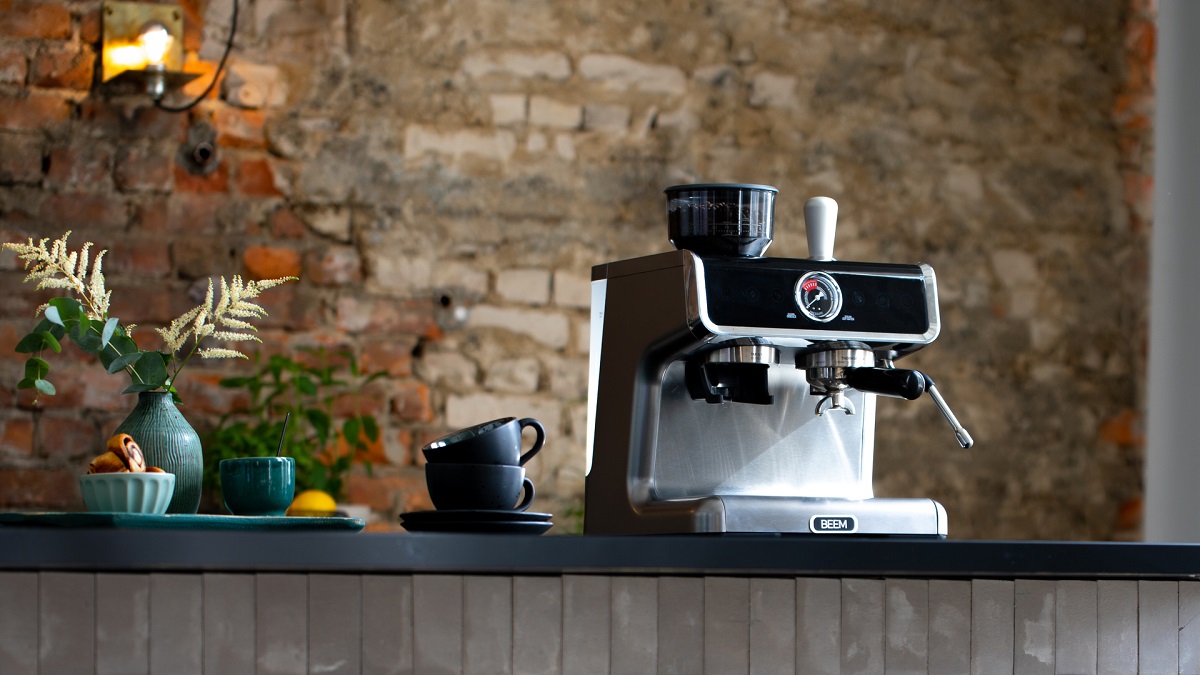

0 thoughts on “How Many Watts Does an Air Fryer Use”